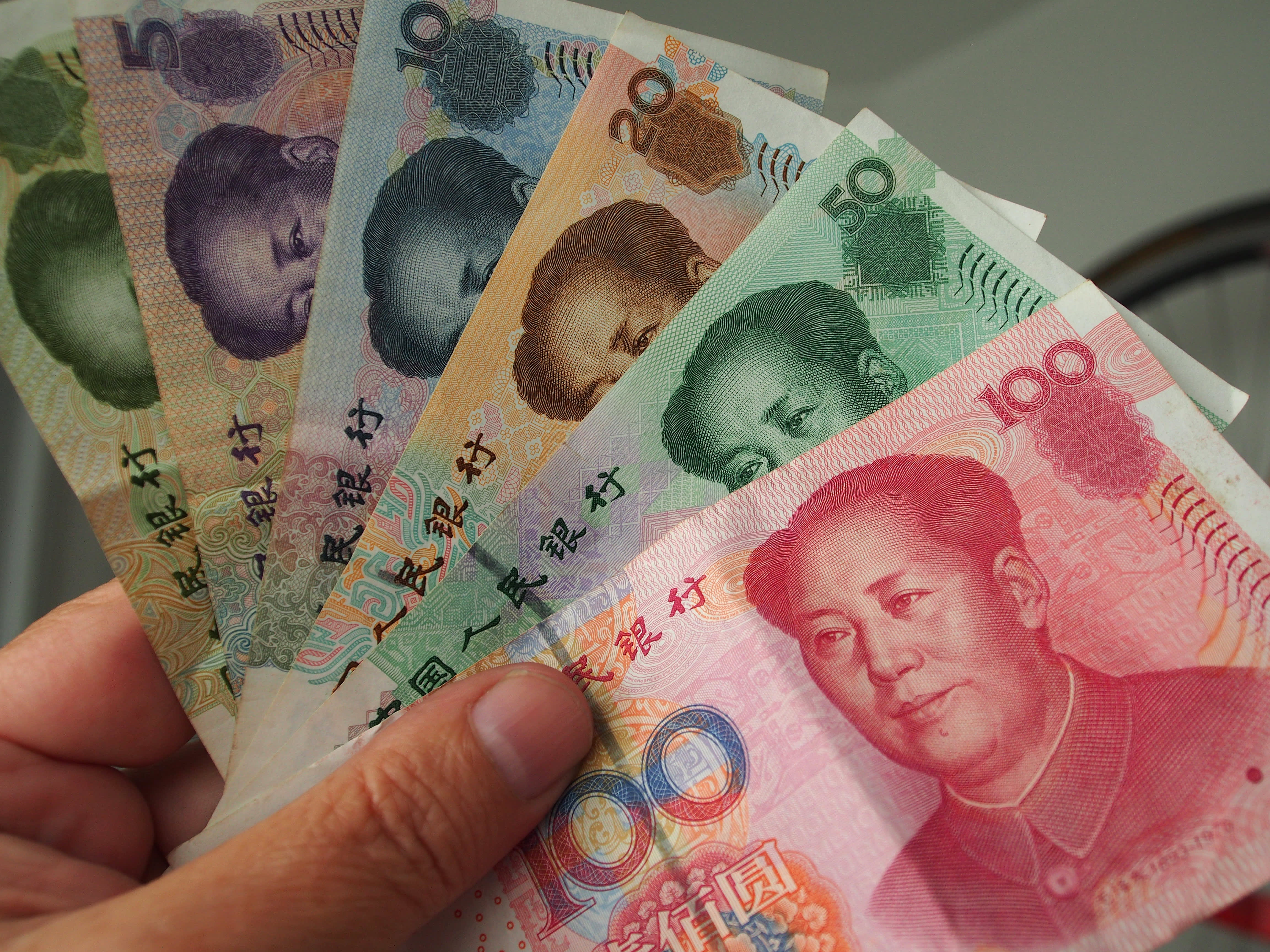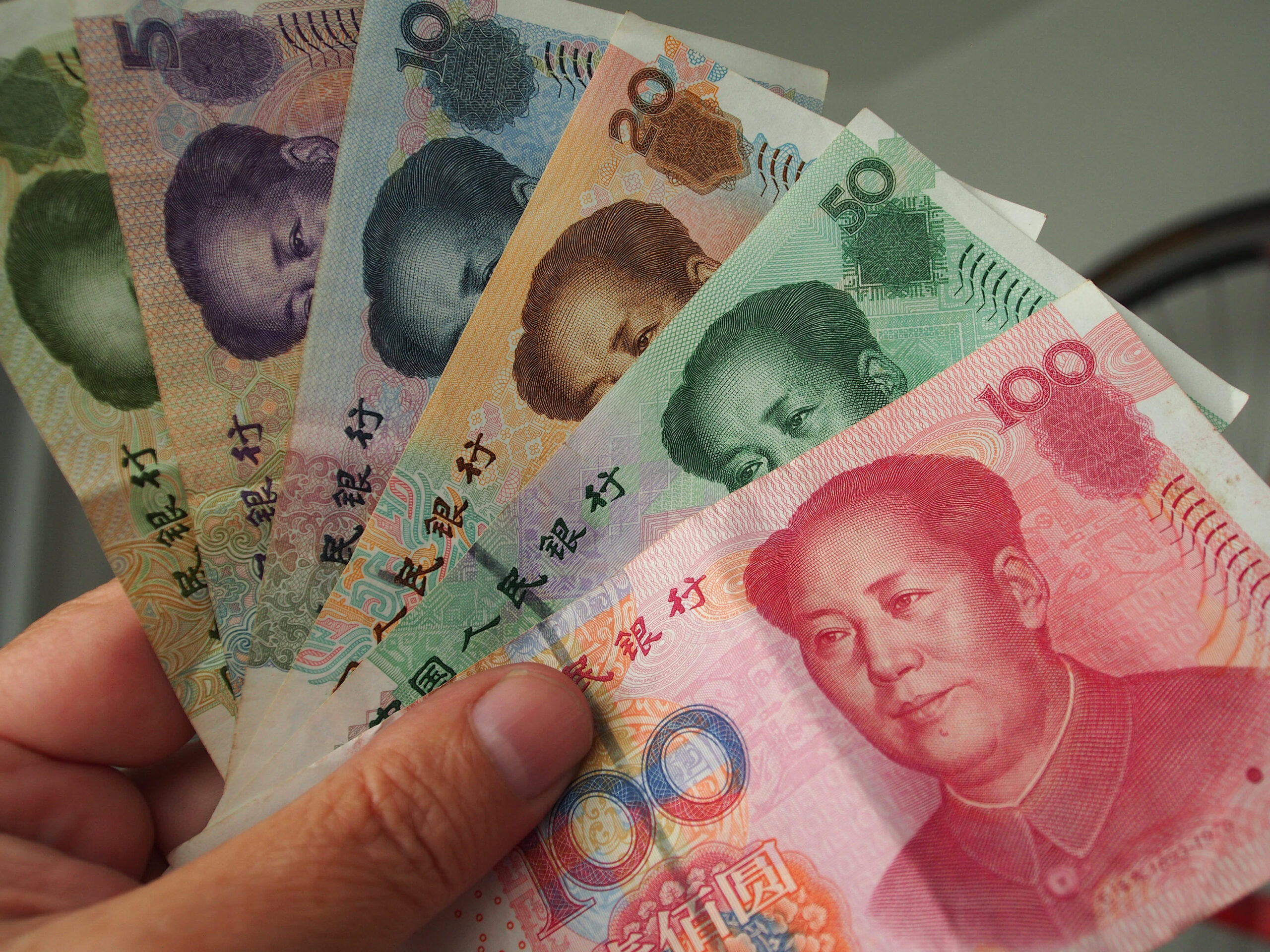
China’s yuan hit its strongest level in over 16 months on Wednesday after Beijing unveiled a slate of stimulus measures to shore up the slowing economy on Tuesday.
The Chinese offshore yuan strengthened briefly to 6.9946 per dollar, the strongest since May 2023. China’s onshore yuan is currently trading at 7.0319 against the greenback, also holding at the strongest levels since last May.
Chinese policymakers will need to be careful not to allow the renminbi, or RMB, (also known as the Chinese yuan) gains to weigh on the export-sector, given a still fragile economy, FX and credit strategist at DBS, Wei Liang Chang, told CNBC.
“We think the weak growth and low inflation environment in China should put some pressure on RMB going forward,” said Edmund Goh, head of China fixed income at abrdn.
A rapid strengthening of the Chinese Yuan may add further deflationary pressure to China’s exports, Ben Emons, founder of Fed Watch Advisors, wrote in a note early Wednesday.
In contrast to other major currencies like the U.S. dollar and the Japanese yen, which have a floating exchange rate, China maintains a tight control over the yuan’s value on the mainland. The yuan is permitted to trade within a limited range of 2% above or below the midpoint rate for the day.
The yuan also trades outside the mainland, mostly in Hong Kong but also in London, Singapore and New York — this is known as the offshore yuan, which is not as tightly controlled as the onshore yuan and influenced by market supply and demand.
“We see the possibility for USDCNH [offshore yuan] to trade below 7.0 over the next three months as the policymakers’ pro-growth stance may trigger more short covering of CNH bearish positions and the Fed easing outsizes the PBOC,” Zerlina Zeng, head of Asia Credit Strategy from credit research firm CreditSights, wrote in a note.
In a rare high-level press conference on Tuesday, the People’s Bank of China Gov. Pan Gongsheng announced that the central bank will cut the amount of cash banks need to have on hand, known as the reserve requirement ratio, or RRR, by 50 basis points. He also said the PBOC would cut the 7-day repo rate by 0.2 percentage points.
The monetary transmission channel is “clogged by property overhang” on banks’ balance sheets, which has led to a “crisis” in consumer confidence, said Emons.
China bonds rallied after the PBOC announcement with 10-year and 30-year yields hitting record lows. Higher demand for a country’s bonds tends to strengthen its currency.
Yields on 10-year bonds edged up to 2.067% on Wednesday, while those on 30-year bonds inched up to 2.173%.
Chinese equities also rallied yesterday following the announcement, with Hong Kong’s Hang Seng Index seeing its best day in seven months, while mainland China’s CSI 300 recorded its largest one-day gain in over four years.
—CNBC’s Evelyn Cheng contributed to this story.


